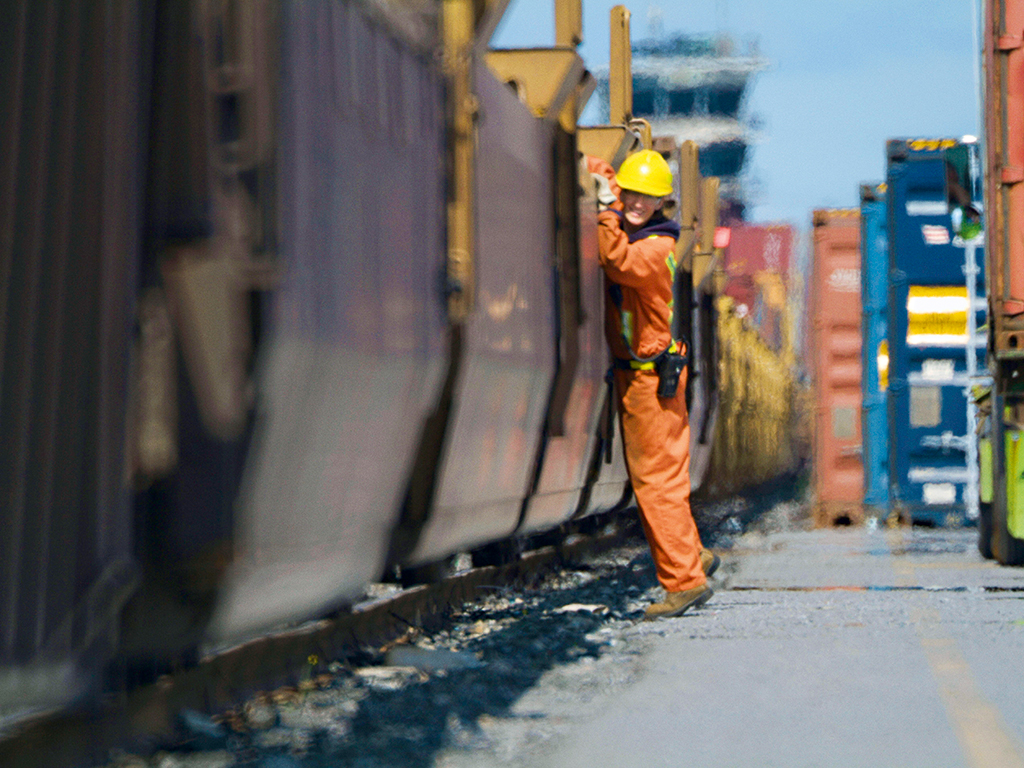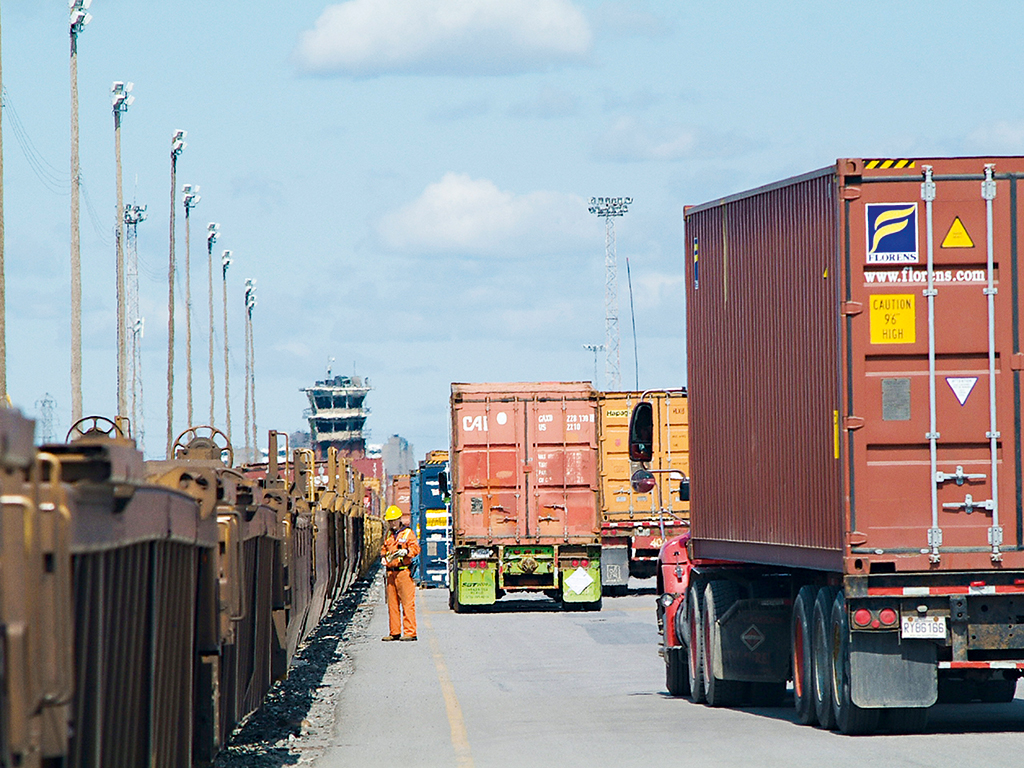Border control security technologies enhance global trade
Increased participation in trade is greater than ever, which in turn means a bigger chance of security problems. Technology is playing a crucial part in protecting organisations worldwide

Security shortfalls are one of the biggest threats to the evolution of global trade, but the efficiency of border control in uncovering illegal behaviours is becoming far more advanced than what it was
Although the onset of the financial crisis had damaging consequences for world trade, the sector has since mounted an impressive recovery, giving rise to new and unprecedented consumption and production patterns on the global stage. What’s crucial now is that affected parties invest in what ways they can to protect against an all-too-familiar slip.
International participation in trade is greater than it ever has been, and many countries that were previously unable or unwilling to participate have entered the fray. Spearheaded by impressive technological gains, trade has taken on a new and inclusive shape. However, increased participation means there is also an increased chance of security lapses, and, without sufficient technological gains to cater accordingly, the climate for international trade will again suffer.
The effectiveness of security checks in rooting out illegal behaviours at borders is far and above what it was previously
Where once criminal parties could cross borders unimpeded by authorities, improved technology has made it nigh on impossible for any to pass before first being subjected to stringent administrative checks. These improvements, while extensive, are absolutely essential, taking into account the extent to which globalisation has reshaped global supply chains and the economic landscape as a whole.
Stronger together
Understanding that trade is an essential part of boosting economic growth, each participant has made it their priority to protect against the losses incurred as a result of inadequate security. The effectiveness of security checks in rooting out illegal behaviours at borders is far and above what it was previously. Each measure has been specifically kitted out for its function, whether it is chemical, biological or biometric.
Security shortfalls are among the biggest obstacles to the development of global trade. It is for this reason that authorities around the world have taken pains to utilise technology as best they can to protect their borders from illegal activities of various sorts.
Regardless, the specialised and expensive nature of border control technologies means that, while they affect billions of people worldwide, investors are not quite so willing to invest as they perhaps should be. Rather, investment in border control security relies on a combination of private and public institutions, whose interests are typically most exposed to the dangers of a security lapse.
Improving security at border controls requires a great deal of coordination, if only to keep pace with the rate at which criminal activities advance and adapt. The responsibility for global supply chain safety, security, transparency and resilience is shared between the public and private sectors. Both stand to gain from any investment in improvements to technology.
Understanding difference
The financial capacity of border controls can vary extraordinarily from place-to-place – in particular from developed to developing nations. Therefore, it’s important that authorities share their experiences in the effort to build a consistently strong barrier against potential threats. Technology plays a vital part in this; any advances can usually be easily replicated once the necessary research and development costs have been absorbed.
Aside from the technology itself, operators must also learn the requisite skills to use it – obtained, for the most part, from the producers. This, again, involves a great deal of cooperation and can vary hugely from one case to the next. While one worker may only need to read results produced by CBRN detection machines, others may also need to analyse X-ray images and the like.
Irrespective of the costs, security at border controls is an essential component of keeping global trade afloat. While improved technology does not exempt trade from security issues, it should be seen as the most important piece in boosting production and supply rates.














